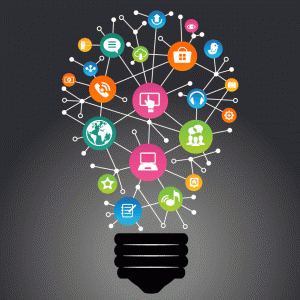Digital technology has been an essential feature of the past three decades, the ever-changing, developing and adapting technologies have moulded, shaped and influenced the way in which society learns, works and socialises; I would go as far to say Digital Technology has changed the way the world functions. Advancements in the computer, the internet and telephone equipment, software, applications and web speed have transformed what was once an industrial world into a digital world (Selwyn, 2012).
Although much can be said about the cutting-edge digital technologies the biggest shift in the digital age is the progression into a “Global Information Society (Howell, 2012)”, the way society communicates is no longer constricted, and the information is at the seeker’s fingertips (Howell, 2012 p 11). With this evolution comes a demand for society to be prepared and be active citizens in a digital world.
To understand the digital world we need to understand the participants, Prensky (Sited in Howell, 2012 p7) introduces the concept of Digital Natives and Digital Immigrants. Although I disagree with the main content of his theories, breaking society down into digital competency can help us understand why our digital world has transformed rapidly.
Take for example my parents, when they went to school they wrote with pen and paper and information was accessed through textbooks. When I was in school, I also wrote with pen and paper. However, I had computer classes and access to the internet and a library to research information. My niece is in primary school and uses a laptop frequently throughout the school day; she has no trouble navigating the web and using a tablet. Her classroom has a smart board and her teachers utilise it to teach an engaging curriculum.
Being an active citizen in this digital age is fundamental to schooling, tertiary education and the workforce. To be participant’s society needs to embrace the development and evolution of the digital world.




